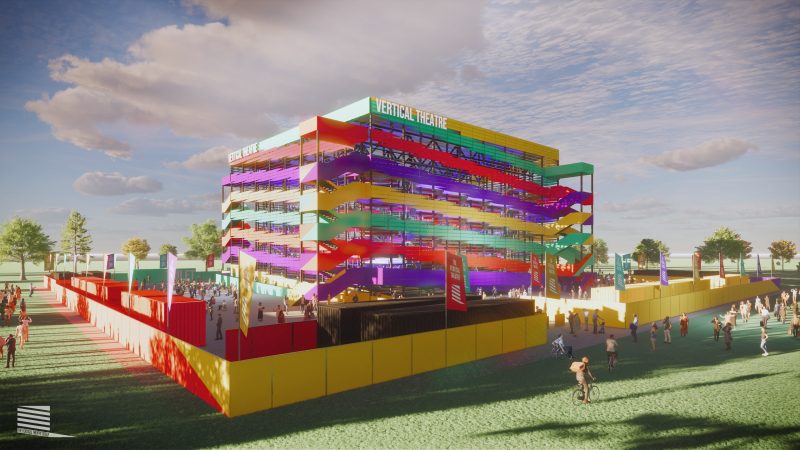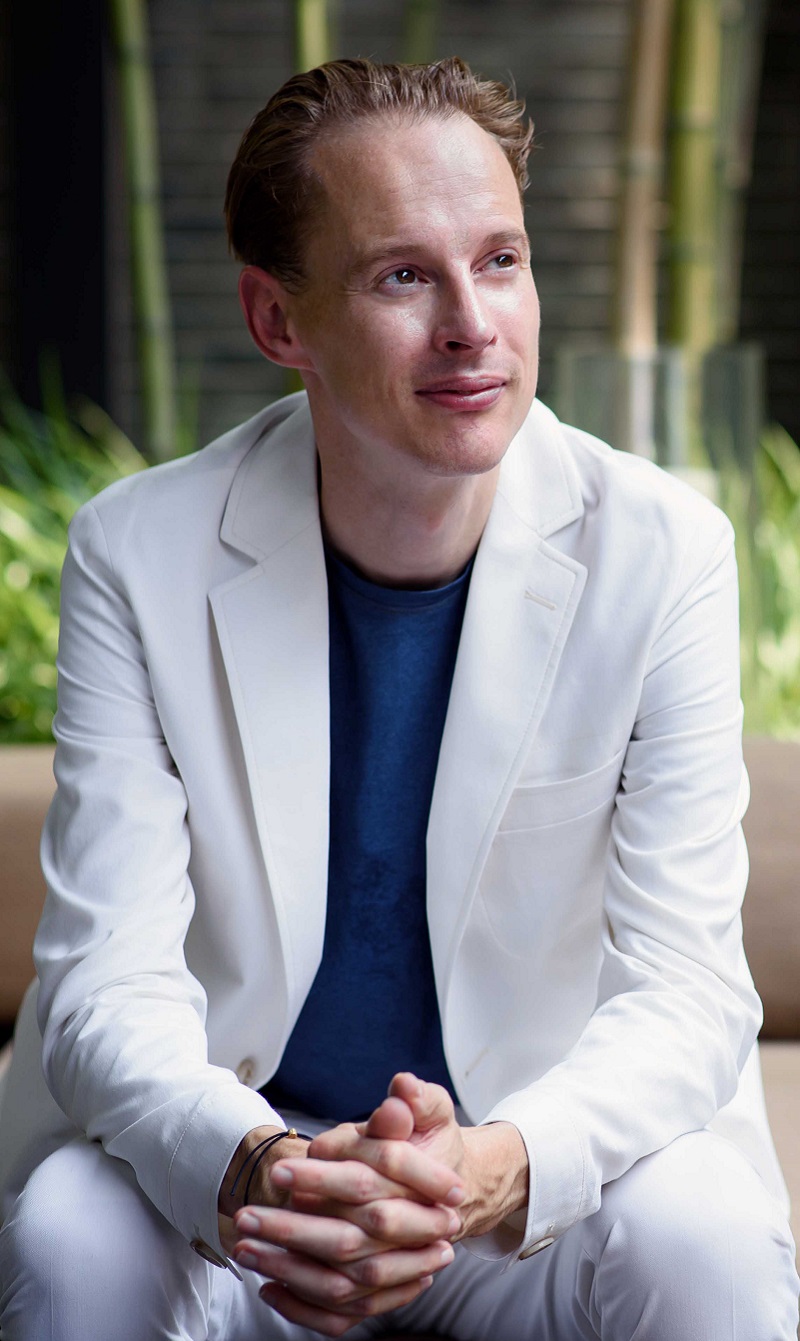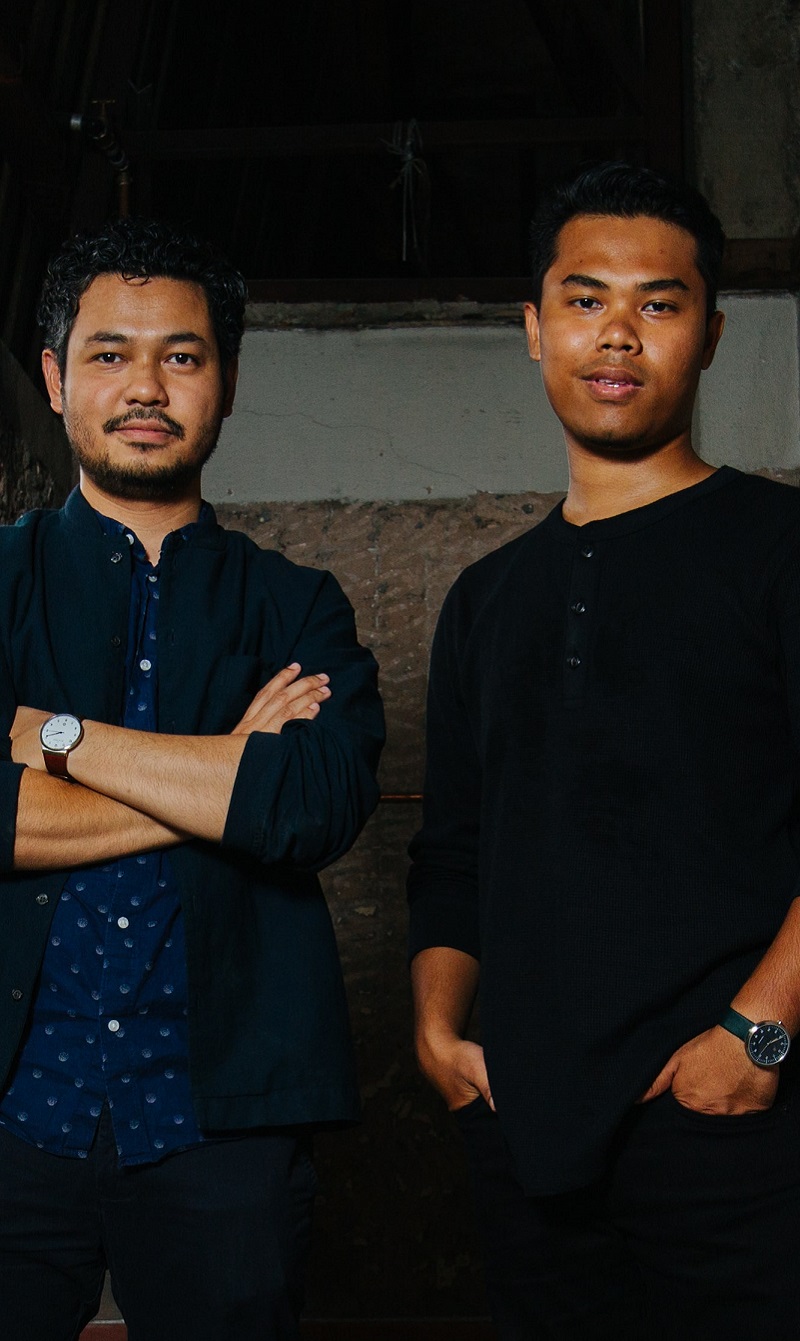Artistic Action
Works of art have aesthetic appeal, but more recently, artists have offered multi-layered installations that contribute even more. Reyana Nacerodien reports. This article was first published in In Focus issue 8.
Art is often looked at through a very narrow lens. More recently, key decisionmakers and leaders have shared the understanding that the arts can be an important part of a city’s economic development and growth strategy. Artists have ventured beyond aesthetics to tell social and cultural, but also, environmental and economic stories that have captivated attention, enthralled the senses and made an enviable contribution to their geographies.
It has long been agreed that art plays a vital role in society. Even more than the aesthetic qualities, more modern-day examples demonstrate social influence by proposing new ideas, changing opinions, translating experiences and instilling values based on our changing realities. The examples shared here demonstrate their contribution to a future reality that’s not only a sight to behold, but further has the potential to make a viable contribution to the economic experience of their locations and beyond.
GROWing Innovative Fields
Daan Roosegaarde’s latest artwork GROW is an homage to the beauty of agriculture. The 41-year old Dutch artist and his design team drew inspiration from agriscience to create the GROW installation. GROW has transformed a field of leeks in the Netherlands into a 20,000 square metres artwork, drawing attention to the Earth that feeds us and highlighting the importance of innovation in the agriculture system.
Red and blue lights create a ripple effect across the farmland, taking the form of dancing lights that shine with Daan’s elegant, poetic approach. The visual spectacle offers a feast for the eyes, while the solid science foundation ensures the optimum growth of a literal feast of leeks. ‘GROW is the dreamscape which shows the beauty of light and sustainability. Not as a utopia but as a protopia, improving step by step. It’s very futuristic and also very romantic, in a way,’ says Daan.
Studio Roosegaarde created GROW with high-density LEDs positioned at different points around the field. Advances in the science of photobiology have been used to create ‘light recipes’ generated from combinations of blue, red and UV light. These are able to boost plant growth, reduce the use of pesticides by up to 50 per cent and help crops to grow more sustainably. Research suggests that certain combinations of light can not only strengthen plant metabolism but also create resistance to both pests and disease.
The Netherlands provides the perfect backdrop for the work. The country is one of the largest vegetable producers in the world and relies on highly efficient farming techniques. Its comparatively small size, necessitates such efficiency. Although the technology has been used in greenhouses, Studio Roosegaarde saw an opportunity to test its potential at a larger scale. ‘I want to design things which make people curious about the future, not sad or mad,’ Daan adds. ‘Light is my language. Light is not decoration, it’s activation and it’s communication.’ His aim is to help to speed up the application of this science, but also to create a more universal appreciation for the important role of farmers, who he describes as heroes.
GROW was commissioned by Rabobank, for the bank’s ongoing artist-in-residence programme. Daan and his team of designers and experts developed GROW over two years. The ambition is for the project to tour all 40 countries where the bank operates. GROW also sends a ray of hope to people, emphasising the innate beauty of technology and science when used to help humankind.
Theatrically Vertical
As the world still grapples with COVID-19 and the performing arts have suffered from movement restrictions and gathering prohibitions, architecture studio Stufish, have proposed a solution. The studio recently revealed its concept for a socially-distanced vertical theatre which was created in response to the coronavirus pandemic to allow live performances to continue. UK-based, Stufish, who pride themselves as entertainment architects, joined forces with fellow theatre directors and producers to form The Vertical Theatre Group, providing a vision for a future-proof live performance venue.

‘The Vertical Theatre is a new kind of performance space that could be used by all levels of the live entertainment world from theatre and festivals to global artist tours as well as comedy, circus and televised events,’ says Ric Lipson, a partner and architect at Stufish since 2006. ‘Ensuring that the world of live entertainment can thrive in a world reeling from the unprecedented impact of a global pandemic. This new innovative, tourable, freestanding venue is designed to help guarantee the new future of live entertainment.’
The Vertical Theatre is modular in size and has the capacity for 1,200 – 2,400 people depending on social distancing rules. Conceived with social distancing and decentralisation of audiences in mind, the Vertical Theatre also creates a space that’s fully adaptable for when COVID-19 restrictions are a thing of the past.
The freestanding tour-able structure, has a roof to protect the audience and stage from the elements, with optional open sides to allow for optimum airflow and natural ventilation. The audience sits in balconies which can accommodate groups between 4 – 12 people or designated ‘social bubbles’. Each audience member has an up-close view of the performance space and enjoys a unique VIP experience, bringing more people closer to the artist unlike any other venue.
The Vertical Theatre Group is optimistic that this venue will be ready to roll-out later this year with the ambition to have multiple Vertical Theatre venues around the world in due course, to give a much-needed boost to the struggling live entertainment industry. The Group have begun initial discussions with potential partners and are open to conversations from further partners to realise this vision.
Dance Biodegradable Personal Protective Equipment (DBPPE)
A pressing environmental issue, food waste, was repurposed in 28 years old material researcher and inventor Alice Potts’ forward-thinking take on COVID-19 face masks. The biodegradable shield provides a more environmentally-friendly alternative to the many items of personal protective equipment (PPE) that are made from single-use plastics, and offers the same level of protection. Existing PPE have begun having their own environmental impact as COVID-19 waste increases.

‘My main focus as an innovator is to work in collaboration with others to create a new sustainable future, while also educating others. I began creating the masks firstly in response to the stories of lack of PPE from my brother who is a paramedic and volunteers in care homes, before tackling the sustainability side of single-use plastic,’ Alice explains. She combined food waste with flowers from London parks to create a series of bioplastic face shields.
The colour and exact structure of each shield is dependent on the food it’s made from and the flowers it’s dyed with. ‘I usually collect waste from local food markets, butchers and households. Most vegetables can be made into the dyes with fruits acting as a natural sugar for flexibility in the bioplastic, whereas proteins can be used to give strength to the plastic itself. Every colour is completely seasonal depending on what flowers are blooming, what vegetables and fruits are growing and earth that is in and around London.’ Alice has even gone so far as to make the bioplastic formula available to everyone as an open-source design. Her face shields are among 30 new works commissioned by Austalia’s National Gallery of Victoria Triennial, which features 87 projects by more than 100 artists, designers and collectives from 33 countries.
Integralis®
Integralis® is patented technology that combines sanitising efficacy, luminous performance and design beauty. Developed by Italian lighting brand Artemide which was founded in 1960, the sustainable light platform can be fitted to light fixtures. It’s programmed via Artemide app to emit atimicrobial light when rooms are occupied and a stronger dose of ‘blu light’ or antiviral UV rays when they are empty. While invisible UV light can kill pathogens including viruses, it can be harmful to humans. However, the blue spectrum of visible light can also have an antimicrobial effect.

‘In the presence of people, emission frequencies and doses of energy that are not harmful to the eyes and skin can be used, which nonetheless act to inhibit the growth of bacteria, mould and fungi,’ explains Artemide CEO, Carlotta de Bevilacqua. ‘In the absence of people, higher energy levels or frequencies such as UV rays can be used, which also act on viruses. Integralis adapts to a wide range of our newer products, so as to offer the ideal solution not only for sanitising a space but also for lighting performance in a variety of different environments.’
The technology can disinfect the surfaces and fixtures can be controlled via the Artemide app which adapt the intensity of the sanitising action according to the rhythm of permanence and absence of people in the spaces. In spaces where the presence of people is constant during the day but interrupted in the evening, such as in offices or shops, museum and educational spaces, disinfection with maximum radiation intensity and without occupancy can be carried out during the night.
In the same space, during the day, it’s possible to opt for a non-offensive emission of sanitisation maintenance thanks to the special spectral component of the patented Integralis® technology. This approach offers a perfect functional white light which, at the same time, is active against bacteria. In spaces with a limited perimeter such as service areas, elevators, toilets, dressing rooms, halls and waiting rooms, where the permanence of people is temporary, you can choose a punctual ‘intermittent’ sanitisation.
Main photo is GROW by Daan Roosegaarde.



